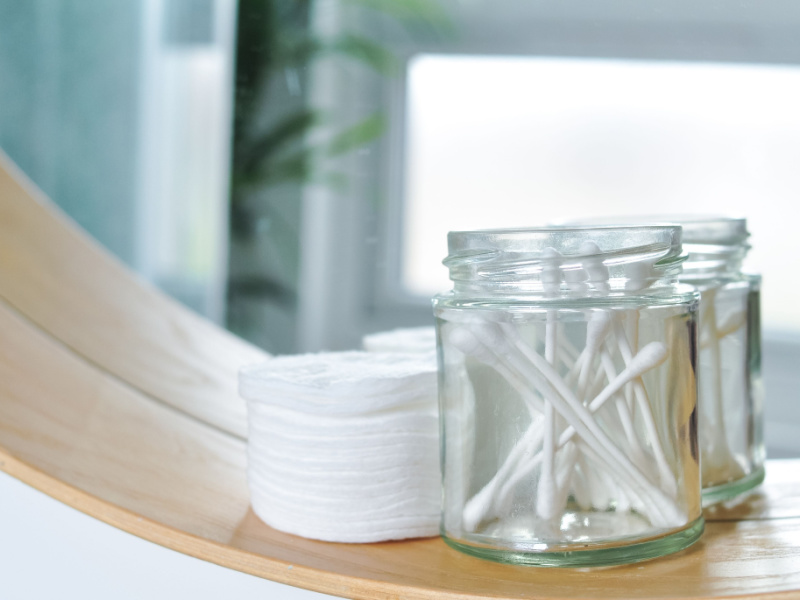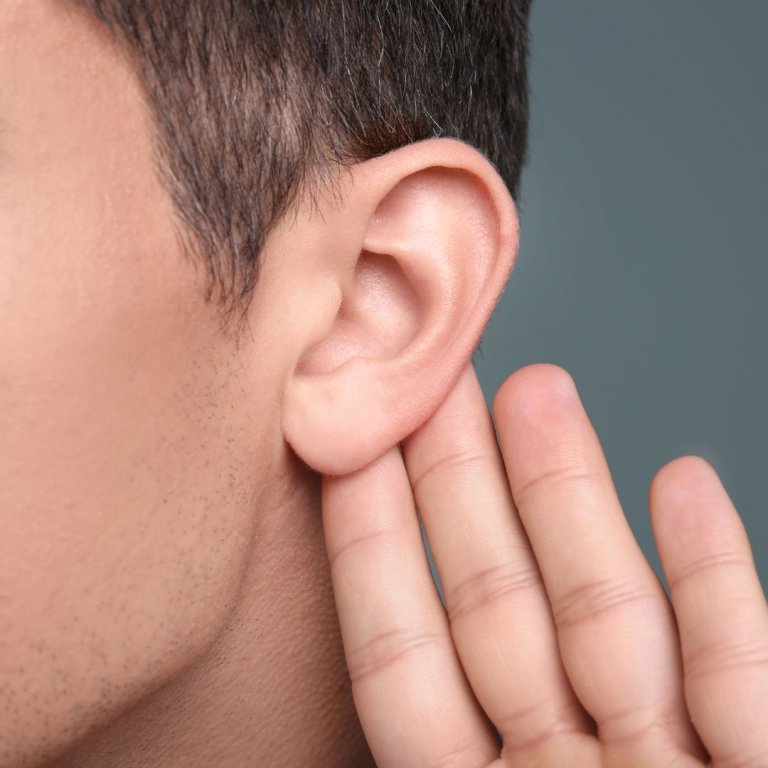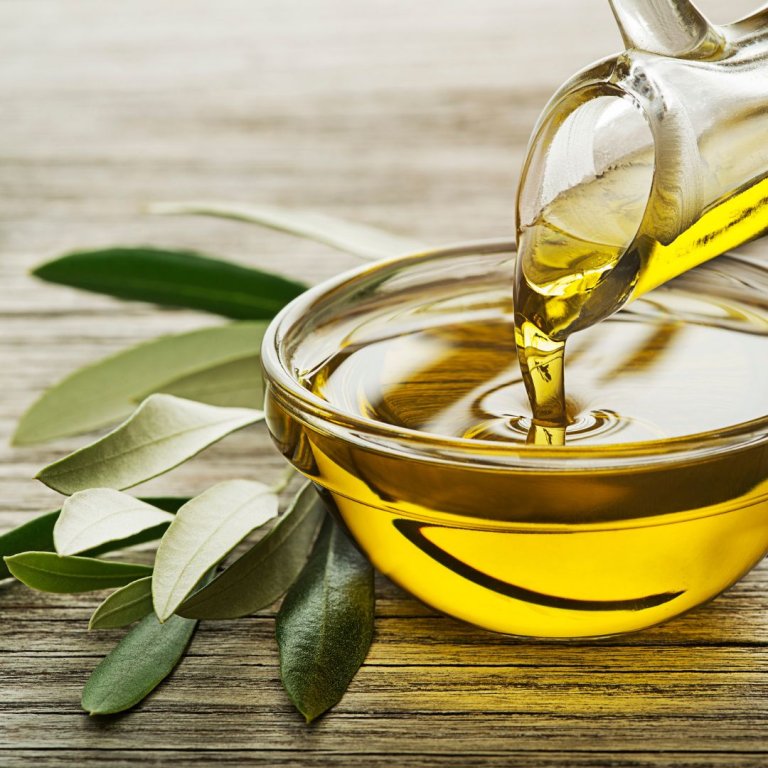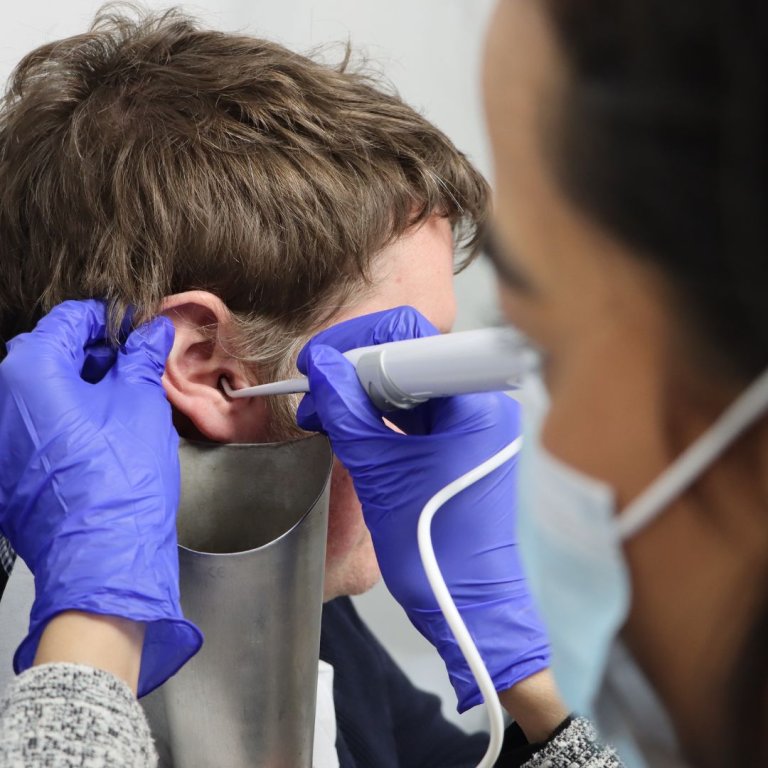Ear wax: we all have it, but when it builds up, so too does the temptation to ‘quickly remove it yourself at home’.
Well, we’re here to tell you that contrary to popular belief, removing ear wax at home is NOT safe!
What is ear wax?
Ear wax, or as it’s scientifically known, cerumen, is produced by our ears as our natural protective barrier against foreign bodies, such as bacteria. Usually, our ear wax is very good at self-cleaning, and more often than not works its way out of the ear canal of its own accord.
There are times however when our ear wax builds up or overproduces which is when an ear wax removal might be necessary.




